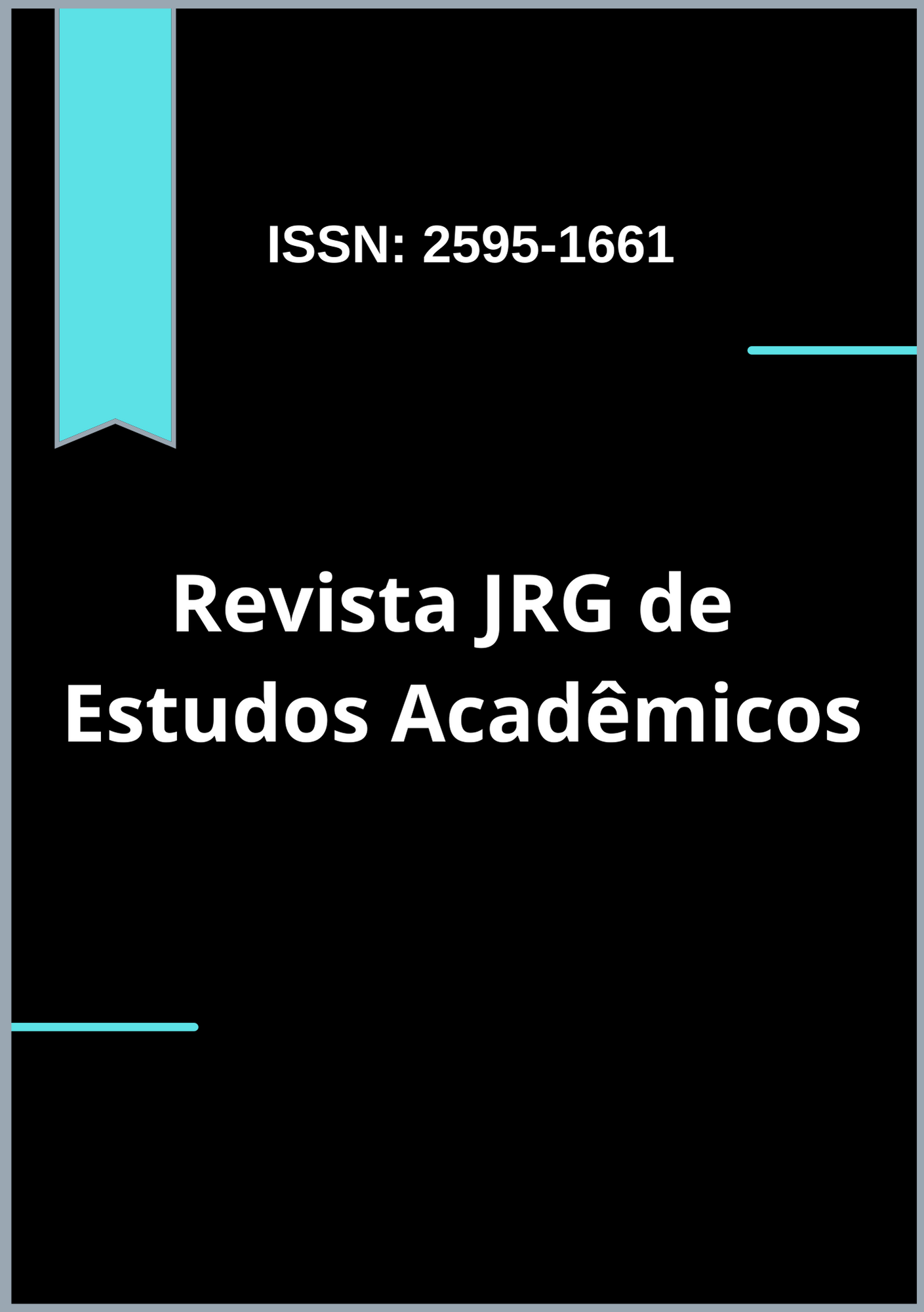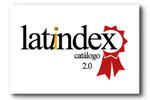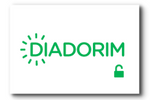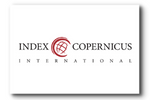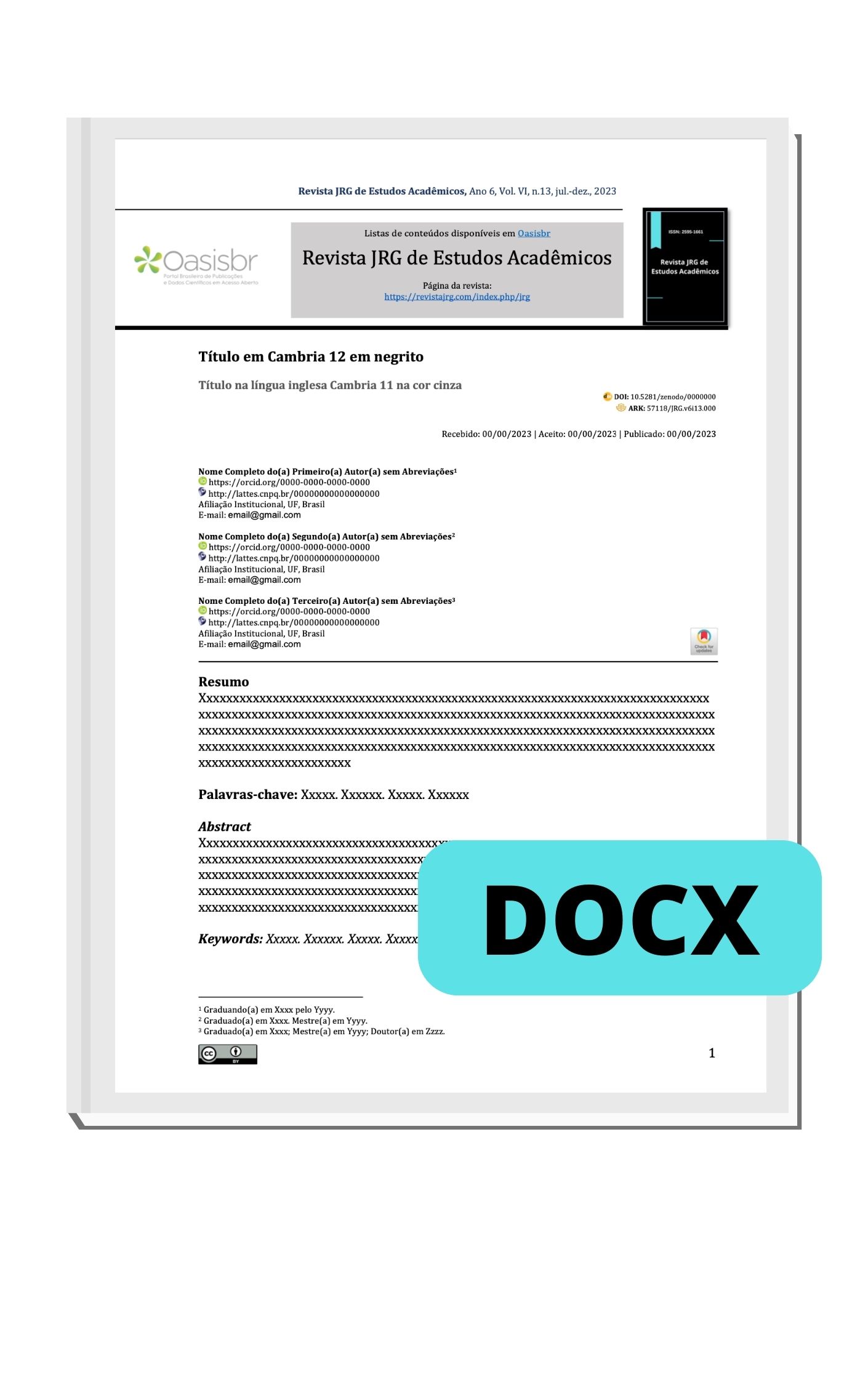Market Dynamics in Diverging Economies: A Comparative Study of the MERVAL and S&P 500 Indices
DOI:
https://doi.org/10.55892/jrg.v5i11.2364Keywords:
MERVAL Index, S&P 500, Emerging Markets, Stock Market Correlation, Financial Integration, Argentina, Pearson and Spearman AnalysisAbstract
This paper investigates the co-movement between the Argentine MERVAL index and the U.S. S&P 500 from January 2019 to January 2022, a period marked by intense global financial volatility and domestic macroeconomic instability in Argentina. Using a dataset of monthly adjusted closing prices, we compute percentage changes and assess the degree of correlation through both Pearson and Spearman coefficients. Our results indicate a moderate yet statistically significant relationship between the two indices, suggesting that Argentina's stock market is partially integrated with global trends but still exhibits strong idiosyncratic behavior. Periods of global shocks tend to synchronize the indices, while domestic crises lead to divergence. The findings are discussed in light of previous literature on financial contagion, emerging market integration, and volatility transmission. This study contributes to understanding the asymmetrical dynamics of financial markets in diverging economies and highlights the relevance of context-specific modeling when assessing risk and performance in emerging equity markets.
Downloads
References
Bekaert, G., & Harvey, C. R. (2003). Emerging markets finance. Journal of Empirical Finance, 10(1–2), 3–55. https://doi.org/10.1016/S0927-5398(02)00054-3
Bekaert, G., Hoerova, M., & Lo Duca, M. (2013). Risk, uncertainty and monetary policy. Journal of Monetary Economics, 60(7), 771–788. https://doi.org/10.1016/j.jmoneco.2013.06.003
Bussière, M., & Fratzscher, M. (2006). Towards a new early warning system of financial crises. Journal of International Money and Finance, 25(6), 953–973. https://doi.org/10.1016/j.jimonfin.2006.07.007
Chiang, T. C., Jeon, B. N., & Li, H. (2007). Dynamic correlation analysis of financial contagion: Evidence from Asian markets. Journal of International Money and Finance, 26(7), 1206–1228. https://doi.org/10.1016/j.jimonfin.2007.06.005
Coleman, S., Leone, V., & de Medeiros, O. R. (2019). Latin American stock market dynamics and comovement. International Journal of Finance & Economics, 24(3), 1109–1129. https://doi.org/10.1002/ijfe.1708
Estrada, J. (2000). The cost of equity in emerging markets: A downside risk approach. Emerging Markets Quarterly, 4(1), 19–30.
Forbes, K. J., & Rigobon, R. (2002). No contagion, only interdependence: Measuring stock market comovements. The Journal of Finance, 57(5), 2223–2261. https://doi.org/10.1111/0022-1082.00494
Gormsen, N. J., & Koijen, R. S. J. (2020). Coronavirus: Impact on stock prices and growth expectations. The Review of Asset Pricing Studies, 10(4), 574–597. https://doi.org/10.1093/rapstu/raaa013
Ramelli, S., & Wagner, A. F. (2020). Feverish stock price reactions to COVID-19. The Review of Corporate Finance Studies, 9(3), 622–655. https://doi.org/10.1093/rcfs/cfaa012
Yahoo Finance. (2022, January). S&P 500 historical data. https://finance.yahoo.com/
Yacoubian, L. J. (2021). Gestão ativa x gestão passiva em mercados emergentes – uma análise comparativa: Active vs. passive management in emerging markets – A comparative analysis. RCMOS – Revista Científica Multidisciplinar O Saber, 1(8), 1–7. https://doi.org/10.51473/rcmos.v1i8.2021.1027
